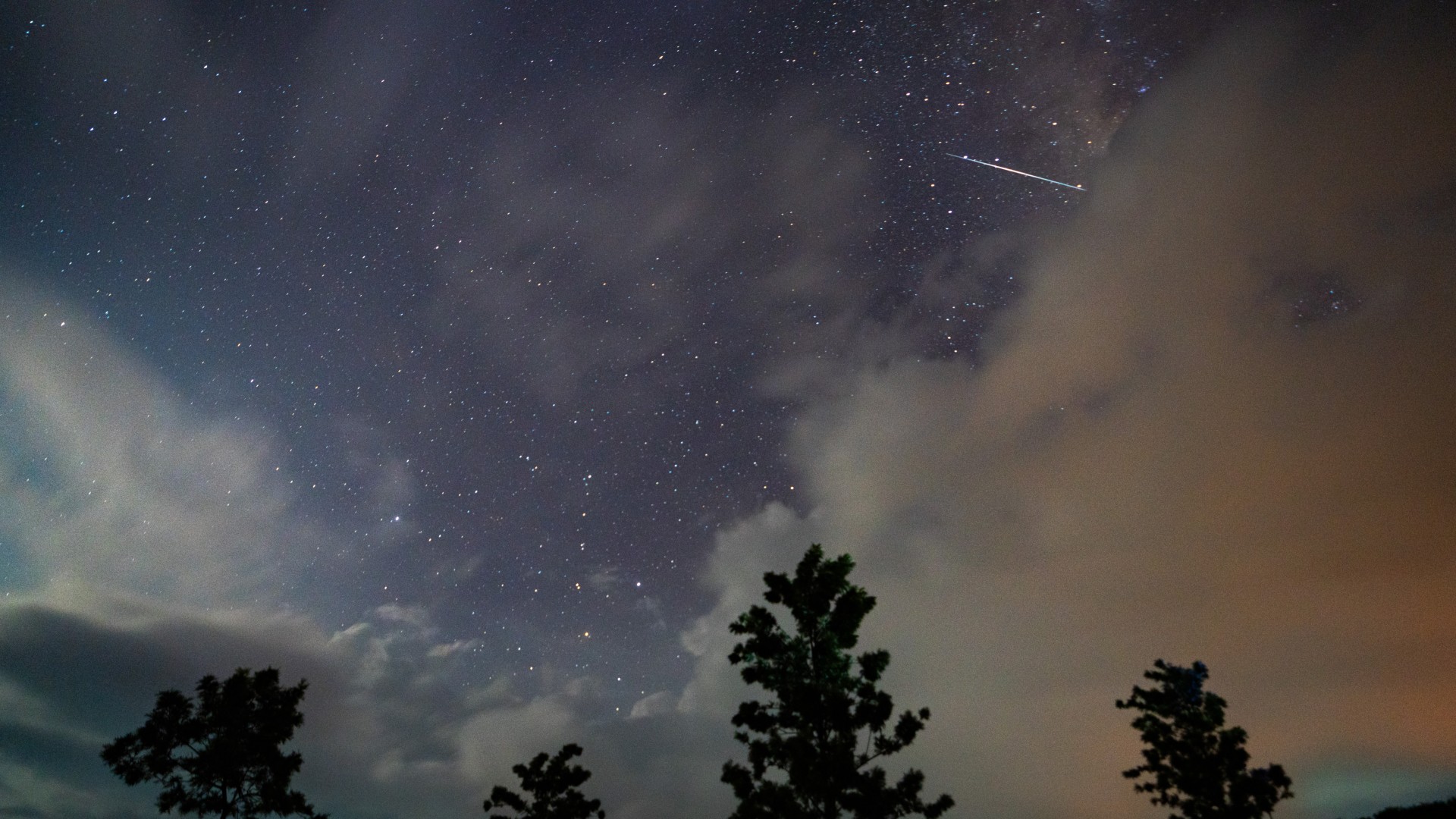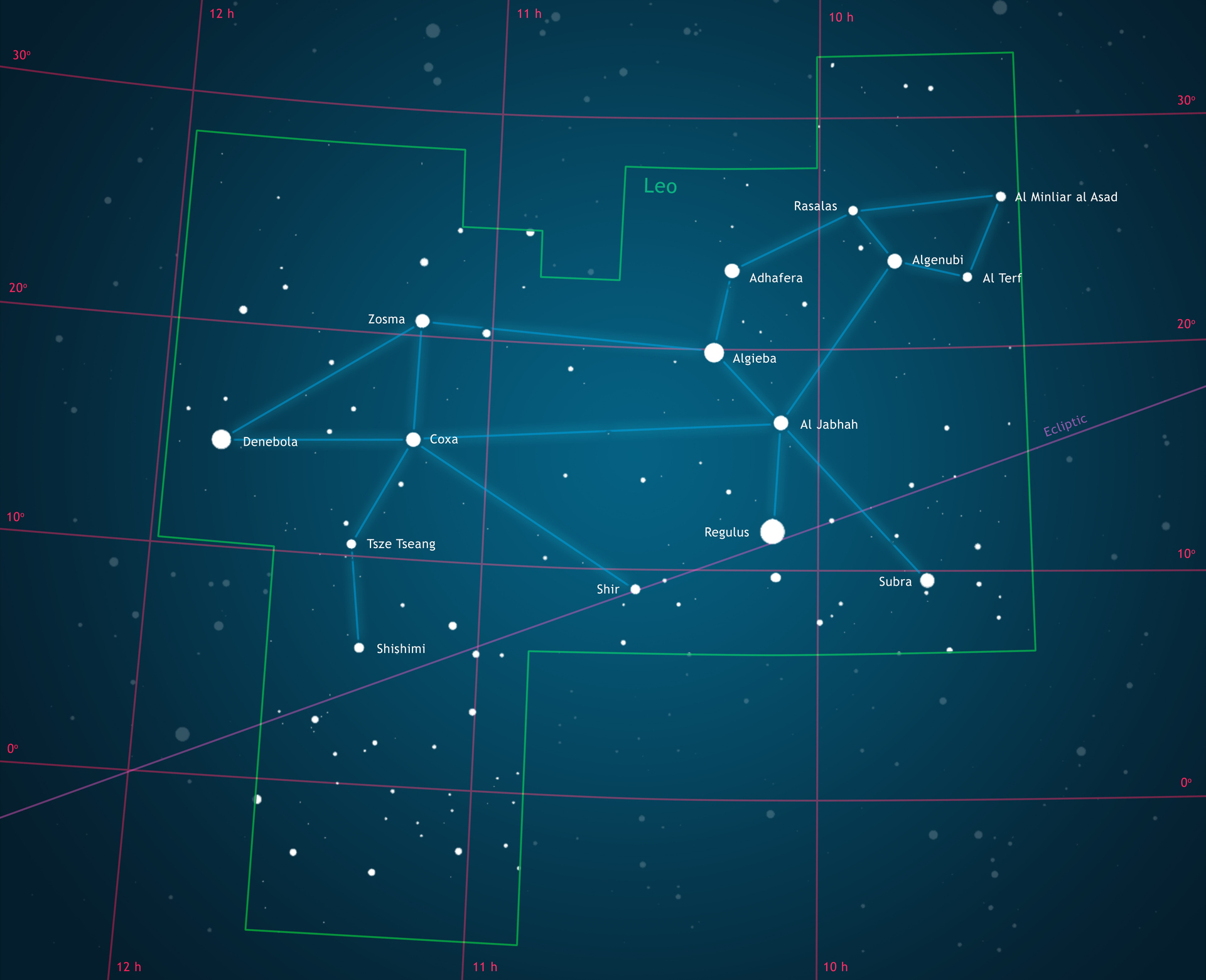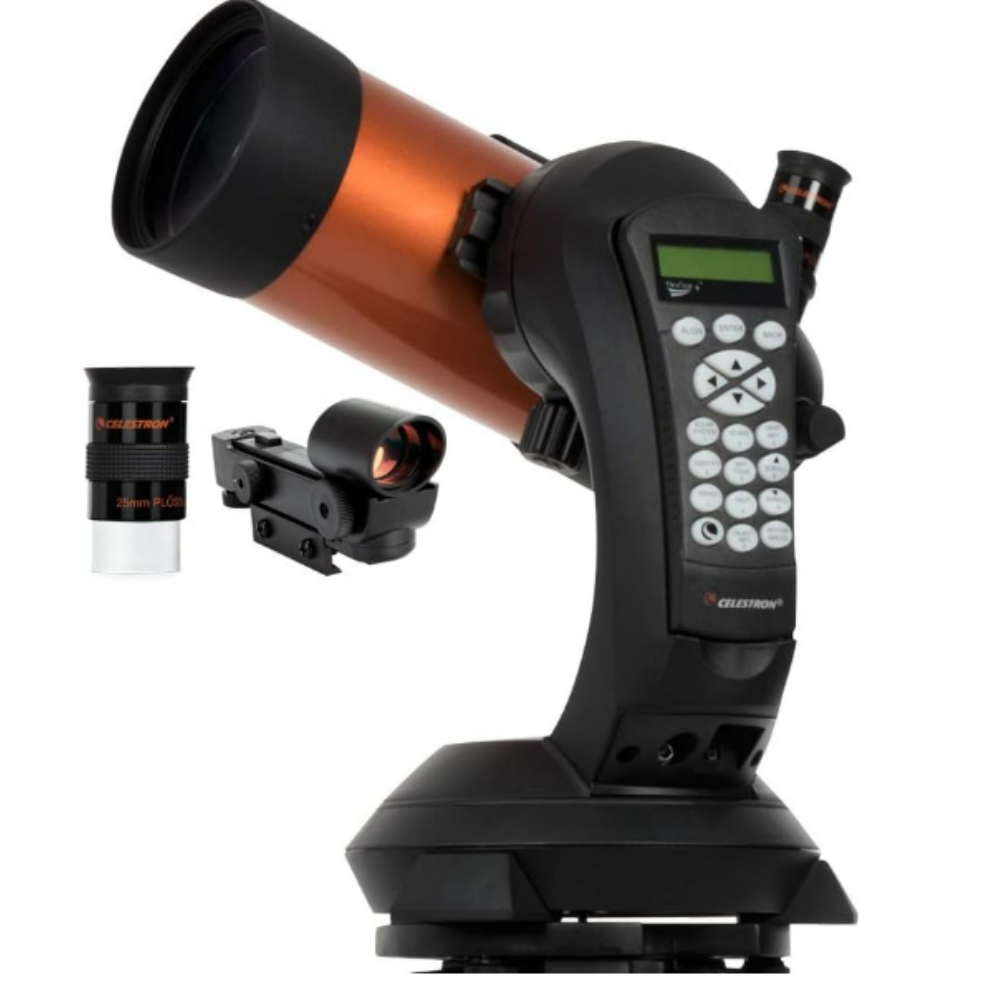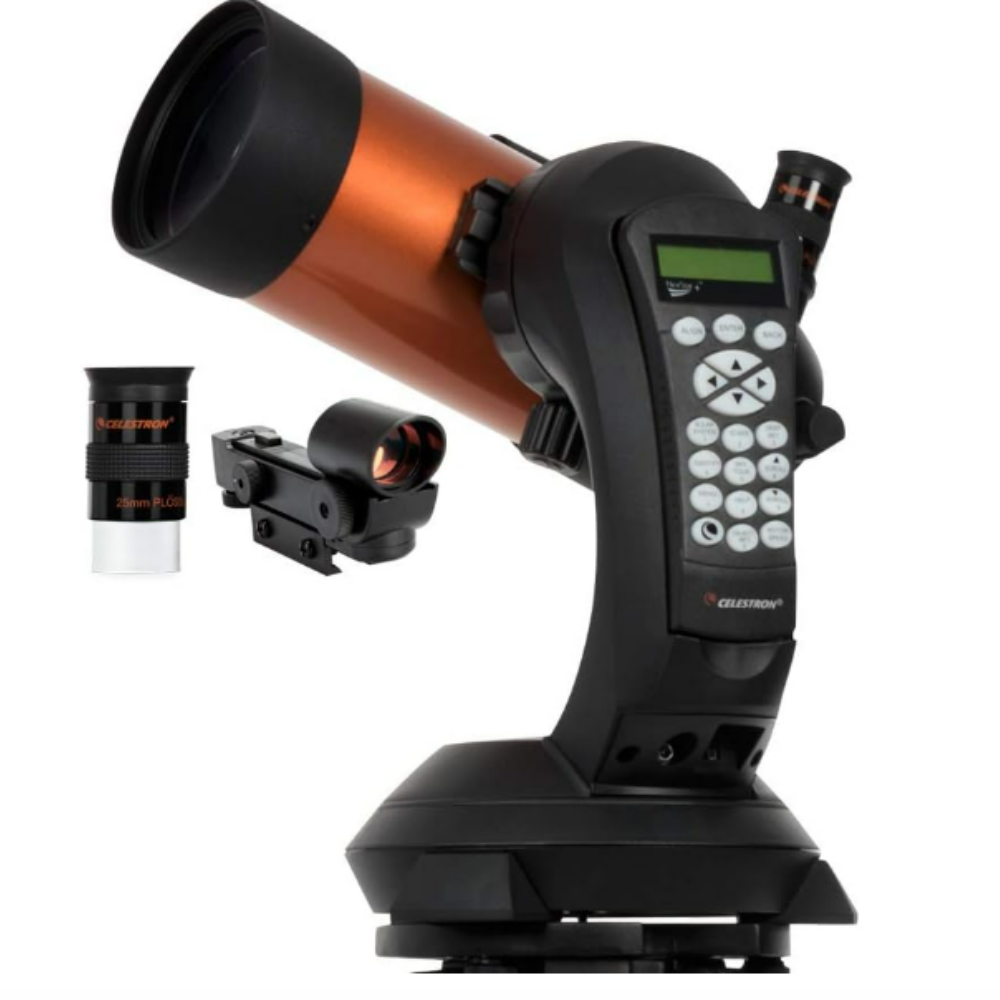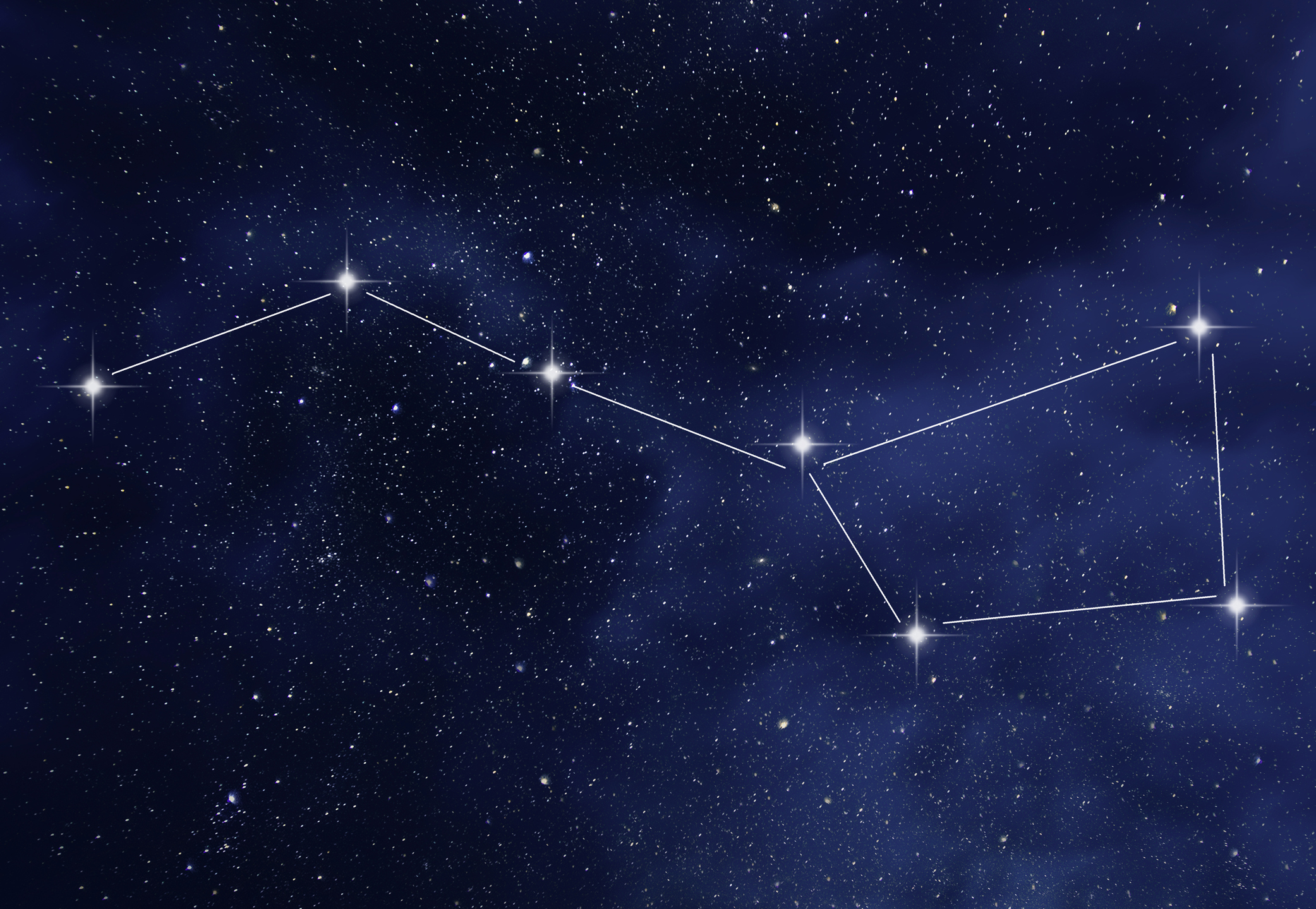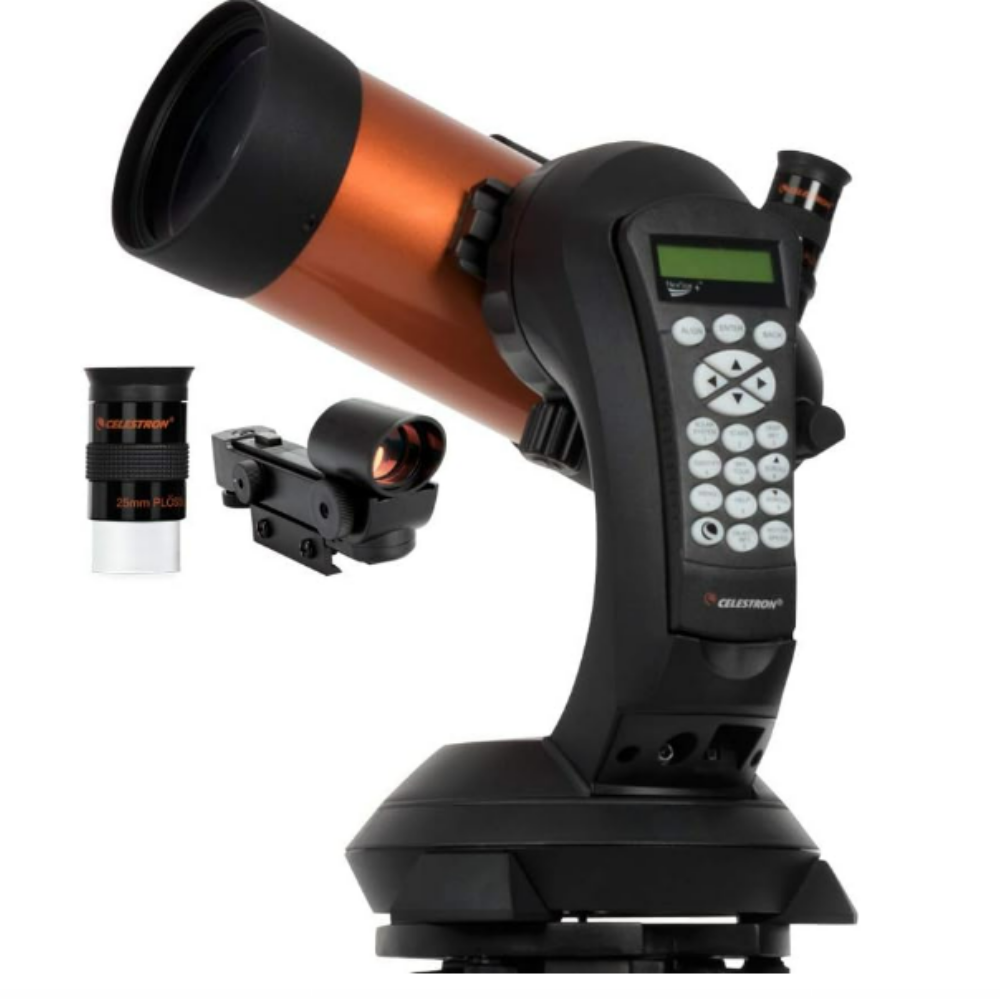Among the top 10 meteor showers appearing annually, one of the best will be reaching its peak on Tuesday morning (May 6). The Eta Aquarid shower ranks among the top four in terms of overall activity. Because the meteors appear to emanate from a spot on the sky (called the “radiant”) in the Water Jar of the Aquarius constellation — hence the name “Aquarids” — their visibility favors prospective skywatchers south of the equator. Indeed, for those living in the Southern Hemisphere (Santiago, Johannesburg Melbourne, Auckland), the Eta Aquarid radiant…
Read MoreTag: Stargazing
How to see a celestial ‘gazelle’ cross the night sky close to the Big Dipper this week
With the constellation Ursa Major high in the sky, late April presents an ideal opportunity to spot the ‘Three Leaps of the Gazelle’ asterism – a set of three stellar pairings hanging below the Great Bear‘s most famous feature: the seven stars of the Big Dipper. The first mention of the Three Leaps of the Gazelle asterism was seemingly penned by the 13th century Arabic astronomer and mathematician Ulugh Beg, according to a 2021 post from the University of Arkansas at Little Rock. The three star pairings – an asterism…
Read MoreCapture May’s full moon and the Eta Aquarid meteor shower with the best DSLR for astrophotography, now $600 off
The Nikon D850 has been reduced from $2,396.95 to a staggering $1,796.95, which is an incredible discount if you’re in the market for one of the best DSLR cameras ever made. It’s the first time we’ve seen the D850 come in at under $2,000, even beating the Black Friday price (which was $2,196.95). Get the Nikon D850 for just $1,796.95 and save $600 at Adorama. Our resident camera guru, Jase Parnell-Brookes, called the D850 an astrophotography master, and Jase highlighted the Nikon D850’s brilliant design with its backlit buttons, excellent…
Read MoreSee a wafer-thin crescent moon leapfrog Jupiter this week
The delicate form of the crescent moon is set to draw close to the planet Jupiter in the post-sunset sky on April 29, before later making its closest approach to the gas giant from the perspective of Earth on April 30. Earth’s moon is currently emerging from its April 27 new moon phase, during which it passed between the sun and Earth, causing its shadow-drenched disk to be temporarily lost from sight in the sun‘s glare. In the coming days the moon will form a waxing crescent, which will grow…
Read MoreNewly launched NASA satellites open eyes to start studying ‘auroral electrojets’ in Earth’s atmosphere
The first bits of data have come back from the trio of small satellites that make up NASA’s EZIE (Electrojet Zeeman Imaging Explorer) mission, which aims to solve some mysteries surrounding the “auroral electrojet” phenomena in our atmosphere. The “first light” observations are promising, and NASA says the EZIE satellites are “poised to reveal crucial details about Earth’s auroral electrojets.” After launching March 14 from California’s Vandenberg Space Force Base on SpaceX’s Transporter 13 rideshare mission, EZIE’s three suitcase-sized cubesats now orbit a few hundred miles above Earth in a…
Read MoreFaint Neptune joins Venus and Saturn to form a planetary triangle in the pre-dawn sky on April 28
The predawn hours of April 28 will see a planetary triangle form in the night sky, as Venus makes a close approach to Saturn following a conjunction, while Neptune, invisible to the naked eye, will sit just a few degrees away towards the horizon. Saturn and Venus will be below the horizon for viewers in the U.S. when they reach the point of conjunction in the hours before their appearance on the morning of the 28th. A planetary conjunction occurs when two worlds share the same right ascension — a…
Read MoreInternational Dark Sky Week 2025: See these 10 night sky sights to celebrate
April 21 – 28 is International Dark Sky Week, a global celebration of the night sky during which like-minded organizations and people take action to raise awareness of an inevitable aspect of modern-day life: the rising scourge of light pollution. Light pollution is a serious issue for night sky enthusiasts hoping to explore the cosmos from our vantage point on Earth, and is the primary reason why powerful observatories are built in remote locations, such as the Atacama Desert in Chile. Even so, a 2022 study from the Royal Astronomical…
Read MoreAmateur astrophotographer captures a stunning galaxy 24 million light-years from Earth (photo)
Astrophotographer Ron Brecher has captured a stunning deep sky image of the spiral galaxy M106, located 23.5 million light years away in the constellation Canes Venatici. Brecher imaged the distant galaxy for a little over 32 hours on nights spanning from March 27 to April 17, 2025. The finished portrait reveals the swirling arms of M106 focussed around an active, red-hued galactic core – an active star-forming region that is home to a ravenous supermassive black hole. “M106 is classified as a Seyfert galaxy, meaning it has an active nucleus,”…
Read MoreLunt SunOculars 8×32 solar binoculars review
Specifications Optics: Uncoated internal dye filter Design: Roof prism Magnification: 8x Objective lens diameter: 1.3 inches (32 millimeters) Waterproof/fog-proof: Weatherproof Eye relief: 0.54 inch (13.6 mm) Weight: 1.12 pounds (508 grams) Dimensions: 1.5 x 5.5 x 4.3 inches (40 x 140 x 110 mm) Safe observation of solar eclipses requires care. Enter the Lunt SunOculars 8×32. This compact pair of solar binoculars has built-in permanent solar filters that allow you to observe the partial phases of solar eclipses and study sunspots. Although they don’t offer the highest magnification on the…
Read MoreAuroras could spice up April’s Full Pink ‘micromoon’ this weekend
Aurora chasers and night sky enthusiasts get ready – the stars could align for you to have quite the cosmic show this weekend! We already told you that this month’s Full Pink ‘micromoon’ is scheduled to rise on Saturday (April 12), getting to its fullest point at 8:22 p.m. EDT (0022 GMT April 13). If you’re not familiar, unlike the powerful and larger-than-life supermoon that we will get to experience later this year, a micromoon is actually the opposite. This is when the moon will be located the farthest away…
Read More